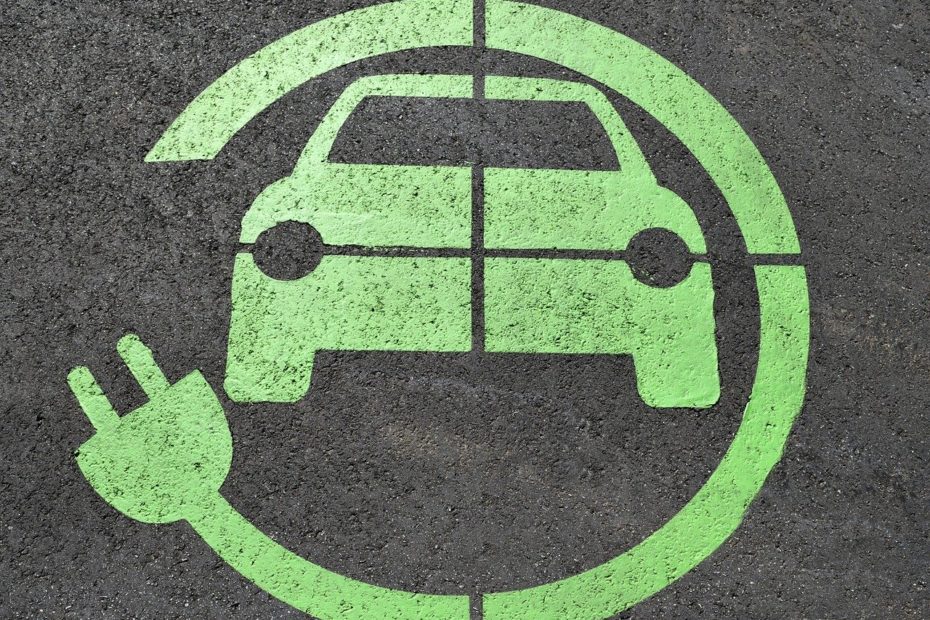Battery charge is completed by an electro-mechanical component – battery charger – able to adapt the battery requirement to the available electrical current.
Here the operations that a battery charger has to complete:
- tension adjustment (normally a decreasing is needed)
- electrical conversion from alternating to continuous current
- electricity supply in established phases.
Charge operations
These operations have to be completed with the highest possible efficiency, without electrical net interferences, in an automatic and safe way.
During the charging phase, several operations are completed by the battery charger.
These include: a constant current phase corresponding to about 1/10 of the capacity value shown on the external box, with C10 initial. Then, after the maximum tension is reached a constant current phase follows with decreasing current.
Consequently, several resting phases follow, with other system activation phases, where electrical parameters are checked up to be within the limits.
Battery charging methods
Maintenance charge
After long periods (weeks) of inactivity the battery charger runs a stand-by charge where it completes a charge status check-up within regular long intervals and, in case necessary, restore battery conditions with a small charge.
Quick charge
For almost every lithium battery, and in case the battery charger could, it’s possible to run a quick charge to restore almost the whole charge, with times that go from 1 hour to a minimum of 10 minutes. This operation is important for electric vehicles and it’s mostly used for Lithium-Iron-Phosphate cells.
The quick charge needs high performance devices: ex. to charge a car with 20 kWh in 1 hour, 20 kW power is needed, far higher than the medium domestic availability of 3 kW.
Inductive charging
Almost all recharging stations use a system equipped with battery charger, electrical conductor, plug and socket to deliver the electricity to the vehicle. This is called a “conductive” system.
It also exists an “inductive” charging, even if not so widely spread in the market, and that’s a system without battery charger and vehicle contact. The electric energy goes from the source to the battery through microwaves. This easy-to-use system needs a perfect vehicle positioning, a small distance between the source and the receiver’s units and a suitable system on board.
On board or separate battery charger
A separate battery charger (not placed on vehicle’s board) allows to avoid space and weight issues on the vehicle. It can be more efficient, having no space issues, and it can also be used by more users. On the other hand, a separate battery charger needs the vehicle to come back to the charging station, it is therefore suitable for vehicle groups that always cover the same circuit.
An on board battery charger allows freer transfers as the charge can be done in any electrical supply point. The use of a part of the traction activation (the inverter) is under analyses for its use also as a battery charger.
Charging columns
If you own a garage or a private space with electrical supply, the charge can be privately done, using a 220V net. Charging stations are spreading more and more, in parking areas and around work places, in supermarket and interchange parkings etc.
Also public charging stations exist. Every time you need to access to public charging stations an electrical plug compatibility is necessary. Public stations are equipped with user’s recognition systems and energy record systems to allow payments.
